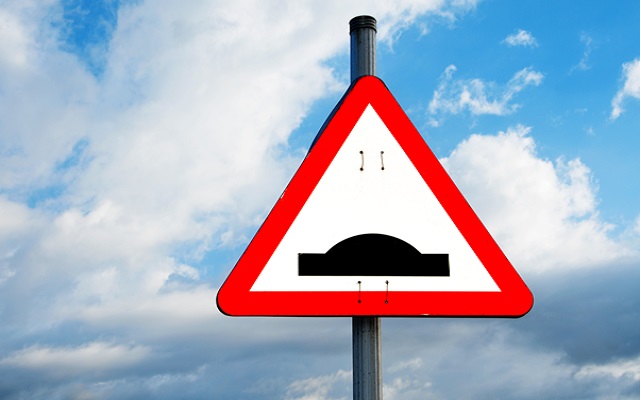
Part of learning to drive is understanding all the road sign meanings.
You might think you know some instinctively, like signs showing the speed limit. But others are less common so you'll need swot up on their meaning.
Until you’re more familiar with driving, learn the general pattern of what the colours and shapes mean. This’ll help you know how react to a sign as you approach it on your driving test.
Shape up
Learn what the different sign shapes mean and you'll be able to react more quickly to signals on the road:
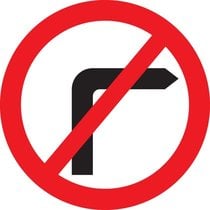
Circle Signs
Circles are signs giving orders. They're split into red and blue signs.
Red signs tell you something you shouldn't do, like exceeding a speed limit or overtaking.
Blue circle signs show positive instructions for something you must do, like turn left or drive at a minimum speed. They also indicate routes which are specific to certain vehicles, like buses and bicycles.
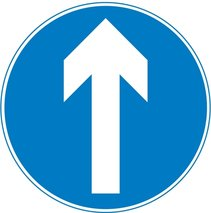
Triangle signs
Triangular signs are warning signs, indicating a potential hazard or obstacle that requires extra attention from the driver.
Examples are a roundabout coming up ahead, an instruction to stop in a certain number of yards, or a warning that you need to give way at a junction.
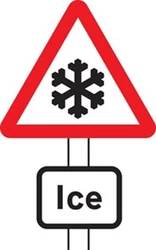
Rectangle or square signs
These are information signs and come in a range of colours. They can include information for road users about lane restrictions, junctions, merging road lanes, and special parking or charging zones.
Colours
We’ve established that shapes are important for signs, but what about their colours? Red is used for warning signs or signs giving orders, but there are other colours too.
Green
Green backgrounds indicate a primary route. These green signs are designed to show the recommended routes between places of heavy traffic flow, such as towns, cities, airports or bridges.
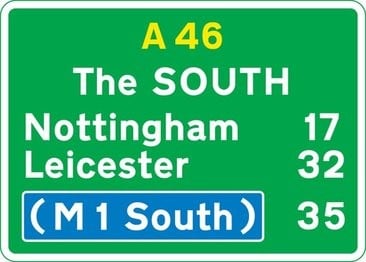
Brown
Brown road signs give tourist information. Signs pointing to attractions often include a symbol so that international tourists can understand it.
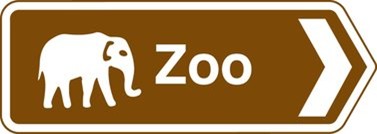
Yellow
Yellow signs show a temporary change to the route. This is often due to roadworks or diversions, and the signs can include instructions like to drive slowly.
Some yellow signs are AA road signs. These are put up usually around large events, like Glastonbury or other festivals. If you're expecting a large crowd where you're headed, look out for AA signs which'll help guide you.
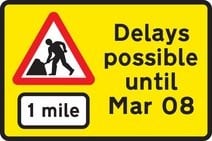
Black
Signs with black backgrounds indicate HGV and heavy lorry routes, so you won't need to worry about them if you're learning to drive a car.
Junction signs
When learning to drive, you’ll need to be able to safely navigate a junction. Leaving too little time to navigate a turn on a junction could be dangerous.
Junction signs are usually triangle shapes, so you’ll know they’re warning you of something. Here's a tip: the lane which has priority ahead is always indicated by a thicker line on the sign.
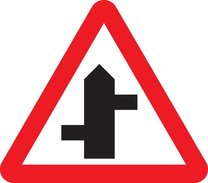
Less common road signs
You'll need to understand road signs to pass your test and be a good driver in future, but there are some signs we can safely say that you won't come across every day.
Unless you're living in a Vin Diesel movie, this sign might never apply to you. It’s forbidding vehicles to carry explosives, and you could see it near army bases or tunnels.
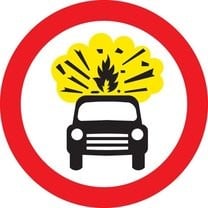
We know Toad of Toad Hall loved driving, but in real life, toads and cars don't always get along. Toads are slow to cross roads, so these signs warn you to approach carefully to help protect vulnerable species.
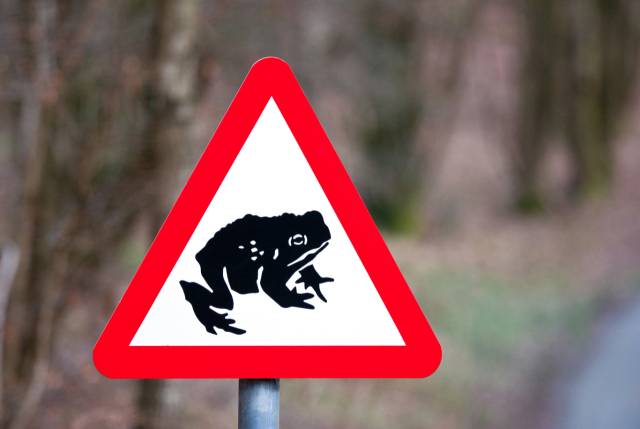
You can familiarise yourself with all the road signs on the Highway Code website.
